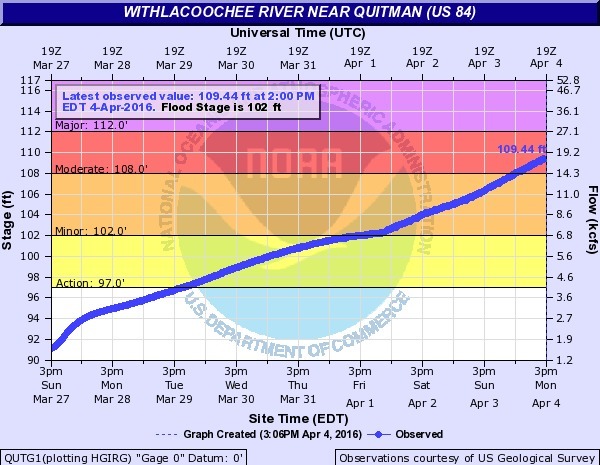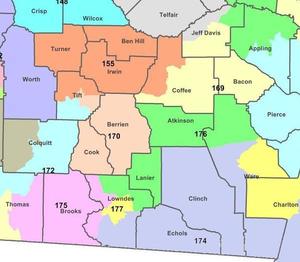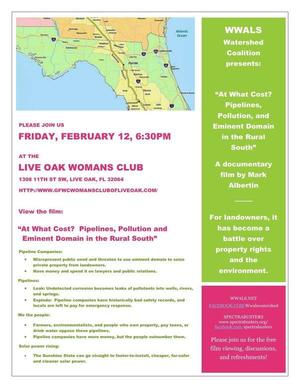 A Spectra Energy pipeline blew up east of Pittsburgh,
incinerating a man’s house and sending him to the hospital with burns.
Spectra
declared force majeure (Act of God) and is fiddling gas deliveries
all over the east coast,
as far away as Little Rock, where
a branch of that same Spectra Texas Eastern pipeline blew up under the Arkansas River in May 2015.
Do you want that under the Withlacoochee or Suwannee River or Okapilco Creek?
A Spectra Energy pipeline blew up east of Pittsburgh,
incinerating a man’s house and sending him to the hospital with burns.
Spectra
declared force majeure (Act of God) and is fiddling gas deliveries
all over the east coast,
as far away as Little Rock, where
a branch of that same Spectra Texas Eastern pipeline blew up under the Arkansas River in May 2015.
Do you want that under the Withlacoochee or Suwannee River or Okapilco Creek?
For Lowndes County, Georgia, you can write to commissioner@lowndescounty.com.
You can ask them to Continue reading










